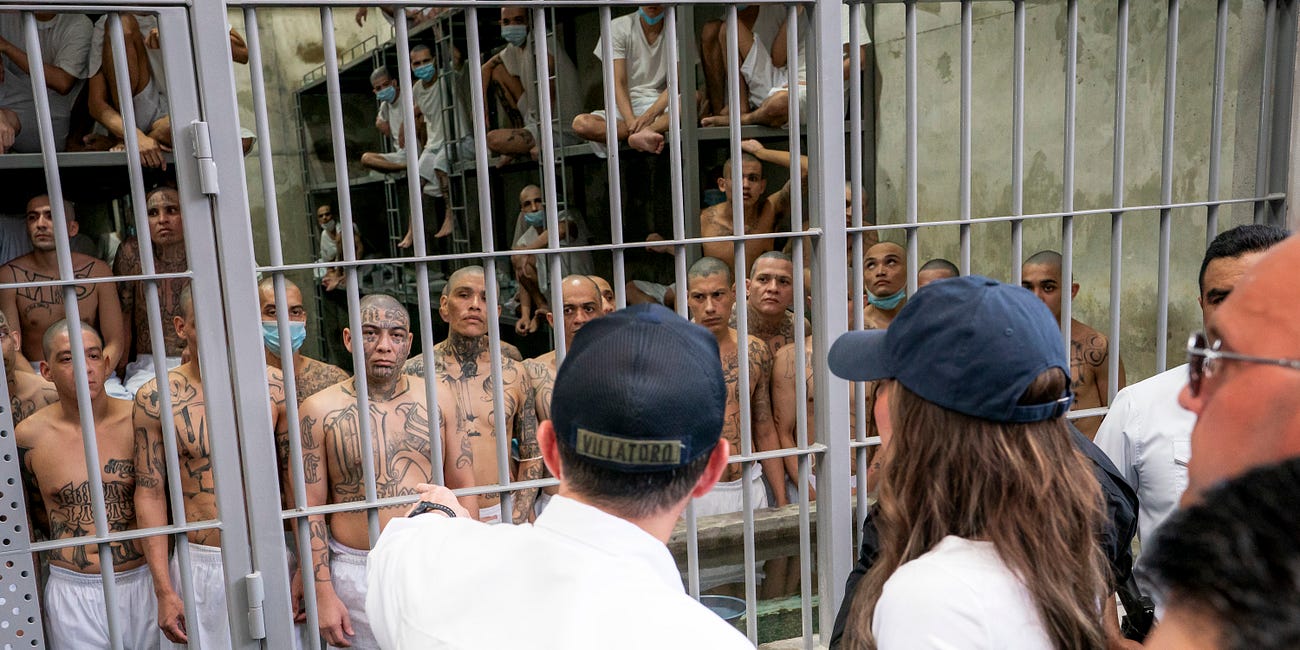ADDENDUM N: SYSTEMATIC REBUTTAL TO CONSTITUTIONAL AND JURISPRUDENTIAL CHALLENGES
If your beliefs can't survive debate, they are not facts
Part 1:
Invasion USA
Issue PresentedThanks for reading Autodidact Obsessions! Subscribe for free to receive new posts and support my work.
---
I. Introduction
This addendum addresses the principal counterarguments and constitutional objections that might be raised against the central thesis of the Legal Brief and Addenda A–M. It systematically rebuts each objection using the foundational insight at the core of the original argument: that judicial mandates requiring individualized adjudication of foreign entrants during conditions of mass infiltration constitute a constitutional and operational breakdown. These mandates not only disable the Executive Branch but cause the judiciary itself to lose effective jurisdiction over U.S. territory by shielding de facto enemy occupation behind procedural formalism.
---
II. Summary of Core Objections and Rebuttals
| Objection | Rebuttal
| 1. "Invasion" is too vague for constitutional application. | If hostile forces enter disguised as civilians and the U.S. government is unable to respond due to judicial obstruction, the term “invasion” loses all meaning. The Constitution does not require a uniformed army; asymmetric, covert, and proxy invasions must be included, or Article IV, §4 and the Suspension Clause become inoperative. |
| 2. Hamdi and Boumediene require judicial process even for wartime cases. | Those cases arose in contexts of limited, individualized military detention. They did not anticipate strategic saturation through civilian disguise. Where throughput collapses, judicial process becomes an inadequate substitute for national defense. Suspension of habeas corpus exists to address this very collapse. |
| 3. "Judicial coup" is inflammatory or hyperbolic. | “Coup” is used in the constitutional, structural sense: a reallocation of power from one branch (the Executive) to another (the Judiciary) without constitutional amendment or political accountability. This results not from conspiracy, but from the judiciary’s assumption of functional veto power over defense operations. |
| 4. There's no limiting principle; this could justify abuse. | The limiting principle is operational capacity. When the legal system can no longer process entrants in a timely or secure fashion, enforcement fails. The Suspension Clause provides the constitutional emergency brake. Suggested constraints include: Executive findings, DHS/DoD intel, geographic or temporal limits, and Congressional notification. |
| 5. Courts won’t adopt this without major jurisprudential shifts. | Correct — this theory requires the courts to recognize that current doctrine has drifted from constitutional design. That drift has created contradictions between structural duties (defense of sovereignty) and procedural obligations (due process for all persons) that cannot be reconciled under asymmetric threat conditions. |
| 6. Sovereignty can still exist despite judicial delay. | Sovereignty requires enforceable jurisdiction. When courts block the removal of hostile foreign actors who then act under foreign allegiance or proxy power, U.S. jurisdiction is not merely delayed — it is displaced. This creates zones of practical immunity for actors working against the United States, thus nullifying constitutional enforcement capacity. |
---
III. The Jurisdictional Breakdown: Courts Enable Foreign Control by Default
A. Sovereignty Requires a Monopoly on Legitimate Police Power
Foreign entities — cartels, foreign intelligence cells, paramilitary operatives — exercising coercion, violence, or governance functions within U.S. territory usurp the sovereign power of the United States.
Courts that block Executive response and require litigation over removal allow this usurpation to persist, effectively ceding the field.
B. Judicial Inaction Creates Constitutional Displacement
A judiciary that refuses to allow removal or detention of enemy-aligned foreign actors while also lacking means to enforce its own orders has functionally vacated jurisdiction over that territory.
This is a jurisdictional abdication, wherein U.S. law no longer governs in practice, even if it exists in theory.
> Conclusion: The judiciary, by overextending procedural rights and ignoring operational limits, has undermined its own authority, not just the Executive’s. It has created zones where U.S. sovereignty is unenforceable, thereby violating Article III and the Supremacy Clause.
---
IV. Reframing the Constitutional Emergency
The doctrine of inherent judicial review must yield — not in principle, but in application under structural collapse. Where millions of potentially hostile entrants overwhelm legal infrastructure, and courts prohibit efficient response, the following applies:
The Executive cannot fulfill its Article II obligations.
The Judiciary becomes an enforcement bottleneck.
The nation becomes undefended against asymmetric invasion.
> The Constitution anticipates this scenario — hence the Suspension Clause. Denying its application under these facts is not restraint. It is structural nonperformance.
---
V. Final Statement of Principle
The United States cannot remain a constitutional republic if it loses the capacity to distinguish, intercept, and remove its enemies before those enemies displace the rule of law.
A judiciary that compels due process for every unlawful entrant, even when the system cannot accommodate it, becomes a participant in constitutional undoing — not through intent, but through institutional absolutism in the face of systemic collapse.
This, by definition, is a judicial seizure of sovereign function.



